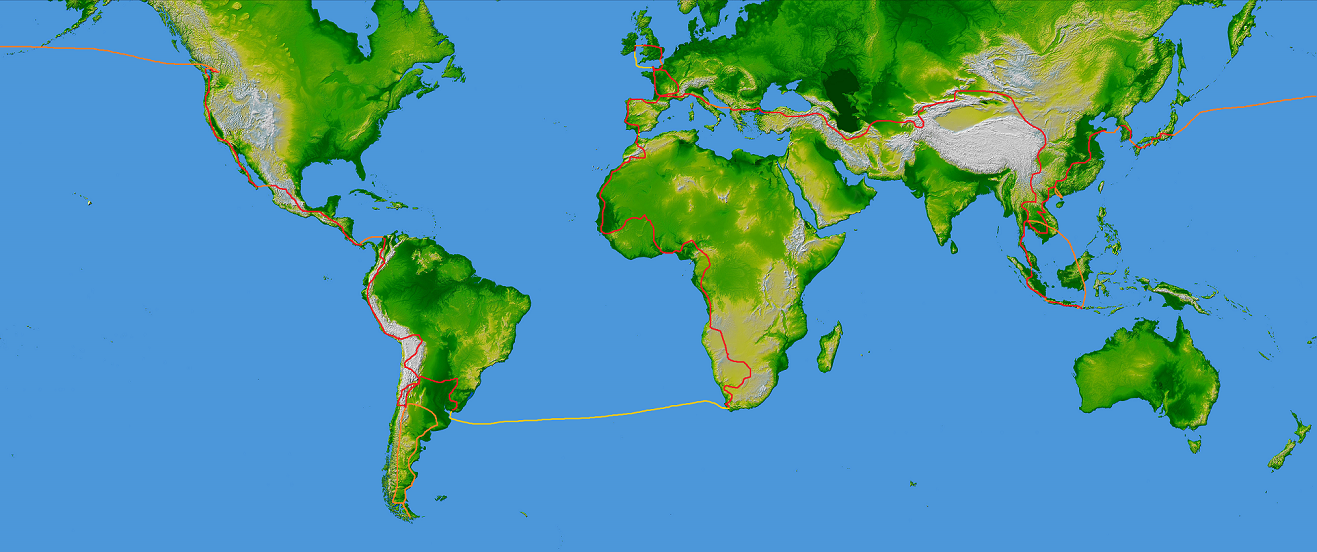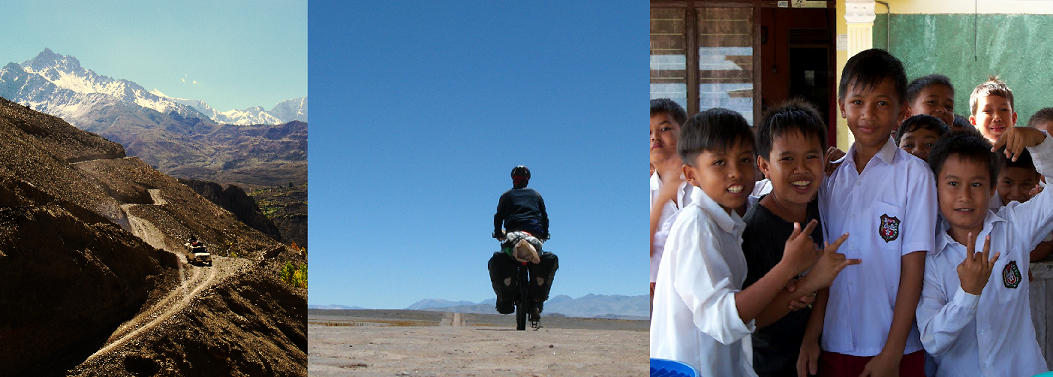There was light drizzle falling yesterday as I came into Nagasaki. I passed a Harley Davidson garage and pondered for a moment the irony of opening a business to such an All-American dream vehicle in this city that was literally wiped off the map, or at least the aerial photos, when the Fat Man was dropped on the city on the 9th August 1945, the second atomic bomb to be dropped in war. The first was three days previously in Hiroshima, when the US decided to use its recently developed atomic bomb to force the Japanese military government and Emperor to surrender, thereby they argued saving the lives of countless American GIs in an invasion of Japan, in last act of World War Two. They also undoubtedly wanted to test their new weapon and provide justification for the two billion dollars invested in the Manhattan Project that oversaw the development of the bomb. Japanese cities that had been selected as potential targets for the atomic bombings, were left off the regular US air force bombings that had already destroyed many of the urban areas including Tokyo, as a clear sheet was desired to see the extent of damage that a bomb would cause. Nagasaki was a secondary target, in fact, when Major Charles Sweeney took off in a B-29 Superfortress from Tinian in the west Pacific but Kokura city had to be abandoned as the primary target when visibility failed to improve.
Nagasaki had long been an important link with the outside world had been founded, in fact, by Portuguese in the mid 16th century and became an important Roman Catholic centre in East Asia until the Shimabara Rebellion in 1637 sought to ban foreigners from Japan under a national isolation policy. Dutch traders were allowed to remain and subsequently Nagasaki gained a reputation as Japan's window to the wider world outside and became a centre of study of European science and art. By the Second World War Nagasaki's industrial importance, in particular ship building, ensured it a high place on the target list that had been drawn up.
Nagasaki Peace Park
The death toll from the bomb was between 70,000 and 80,000, including several thousand conscripted Korean workers who took many years to get recognition in Japan for their losses, most dying in the initial impact, although the effect of the radiation exposure continued to affect many people for years to come. Six days after the bombing of Nagasaki, Japan announced its surrender.
Every year the mayor of the city issues the Nagasaki peace declaration that calls for the abolishment of nuclear weapons and for the countries with nuclear weapons to move towards the conclusion of the Nuclear Weapons Convention. This year's declaration referred to the Fukushima disaster and asked "Have we lost our awe of nature? Have we become overconfident in the control we wield as human beings? Have we turned away from our responsibility for the future? Now is the time to discuss thoroughly and choose what kind of society we will create from this point on."
Nagasaki, Japan
Pedalled: 49,855 km



No comments:
Post a Comment